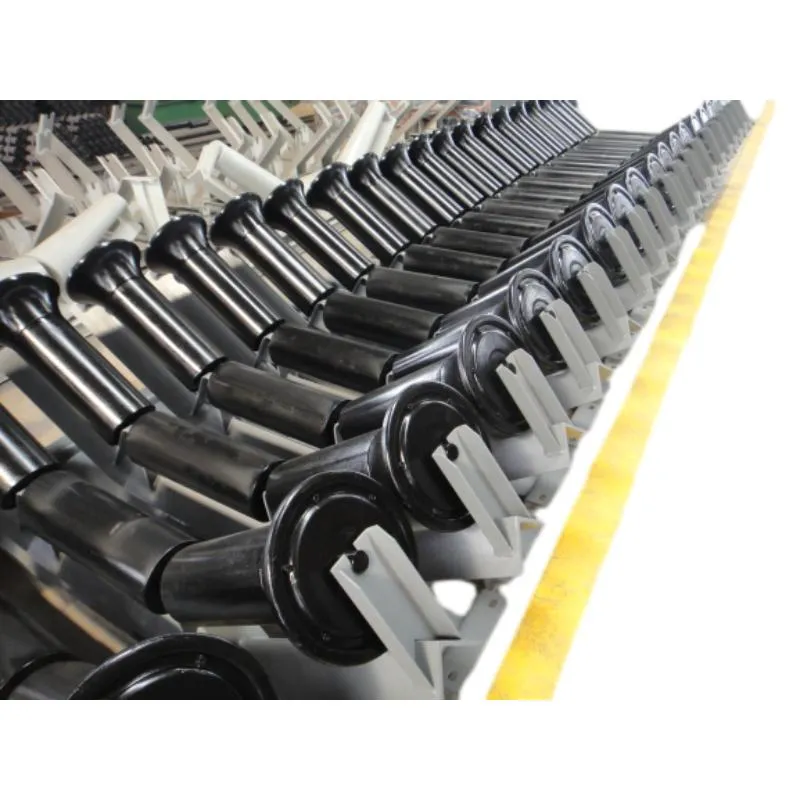 Afrikaans
Afrikaans  Albanian
Albanian  Amharic
Amharic  Arabic
Arabic  Armenian
Armenian  Azerbaijani
Azerbaijani  Basque
Basque  Belarusian
Belarusian  Bengali
Bengali  Bosnian
Bosnian  Bulgarian
Bulgarian  Catalan
Catalan  Cebuano
Cebuano  Corsican
Corsican  Croatian
Croatian  Czech
Czech  Danish
Danish  Dutch
Dutch  English
English  Esperanto
Esperanto  Estonian
Estonian  Finnish
Finnish  French
French  Frisian
Frisian  Galician
Galician  Georgian
Georgian  German
German  Greek
Greek  Gujarati
Gujarati  Haitian Creole
Haitian Creole  hausa
hausa  hawaiian
hawaiian  Hebrew
Hebrew  Hindi
Hindi  Miao
Miao  Hungarian
Hungarian  Icelandic
Icelandic  igbo
igbo  Indonesian
Indonesian  irish
irish  Italian
Italian  Japanese
Japanese  Javanese
Javanese  Kannada
Kannada  kazakh
kazakh  Khmer
Khmer  Rwandese
Rwandese  Korean
Korean  Kurdish
Kurdish  Kyrgyz
Kyrgyz  Lao
Lao  Latin
Latin  Latvian
Latvian  Lithuanian
Lithuanian  Luxembourgish
Luxembourgish  Macedonian
Macedonian  Malgashi
Malgashi  Malay
Malay  Malayalam
Malayalam  Maltese
Maltese  Maori
Maori  Marathi
Marathi  Mongolian
Mongolian  Myanmar
Myanmar  Nepali
Nepali  Norwegian
Norwegian  Norwegian
Norwegian  Occitan
Occitan  Pashto
Pashto  Persian
Persian  Polish
Polish  Portuguese
Portuguese  Punjabi
Punjabi  Romanian
Romanian  Russian
Russian  Samoan
Samoan  Scottish Gaelic
Scottish Gaelic  Serbian
Serbian  Sesotho
Sesotho  Shona
Shona  Sindhi
Sindhi  Sinhala
Sinhala  Slovak
Slovak  Slovenian
Slovenian  Somali
Somali  Spanish
Spanish  Sundanese
Sundanese  Swahili
Swahili  Swedish
Swedish  Tagalog
Tagalog  Tajik
Tajik  Tamil
Tamil  Tatar
Tatar  Telugu
Telugu  Thai
Thai  Turkish
Turkish  Turkmen
Turkmen  Ukrainian
Ukrainian  Urdu
Urdu  Uighur
Uighur  Uzbek
Uzbek  Vietnamese
Vietnamese  Welsh
Welsh  Bantu
Bantu  Yiddish
Yiddish  Yoruba
Yoruba  Zulu
Zulu Exploring the Benefits and Uses of Cushion Roller Technology in Modern Applications
Understanding Cushion Rollers Revolutionizing Material Handling
In the realm of material handling and industrial equipment, the innovation of cushioning technology has transformed the way we manage heavy loads and delicate items. Among the burgeoning advancements in this field, cushion rollers have emerged as a vital tool, enhancing the efficiency and safety of transporting goods in various sectors, from manufacturing to logistics.
What is a Cushion Roller?
A cushion roller is a specialized type of roller used in conveyor systems and material handling equipment. Unlike traditional rollers that are rigid and hard, cushion rollers incorporate a soft, flexible material—often rubber or a similar elastomer—that allows them to absorb shock and vibration during transit. This critical functionality not only safeguards the materials being transported but also ensures the longevity of the equipment itself.
Cushion rollers can vary in size, design, and application, but their primary purpose remains the same to facilitate smoother and more effective transport of various goods, reducing the risk of damage to both products and machinery.
The Mechanism Behind Cushion Rollers
The operational efficiency of cushion rollers lies in their ability to dissipate energy. When a load is transferred onto the roller, the cushioned surface adapts to the shape and weight of the item, absorbing much of the impact during the transport process. This cushioning effect minimizes vibrations and jolts, making it ideal for handling fragile items such as glass, ceramics, and electronics.
Moreover, the design of cushion rollers allows for enhanced traction and grip, preventing slippage and ensuring that goods remain securely in place. This characteristic is particularly beneficial in settings where items must be moved at speed, as it reduces the likelihood of accidents and material spillage.
Advantages of Using Cushion Rollers
cushion roller

1. Reduced Damage to Products One of the most significant benefits of cushion rollers is their ability to protect sensitive items. By cushioning impacts, these rollers significantly lower the chances of breakage or deformation, which is crucial in industries that handle fragile materials.
2. Increased Equipment Longevity By minimizing shock and vibration, cushion rollers help extend the lifespan of conveyor systems and related machinery. This reduction in wear and tear leads to lower maintenance costs and less frequent need for replacement parts.
3. Enhanced Safety The safety of workers is paramount in industrial environments. Cushion rollers contribute to a safer workplace by ensuring that items are less likely to fall or slide off the conveyor, thus decreasing the risk of workplace accidents.
4. Versatility in Applications Cushion rollers are adaptable and can be used in a variety of applications, from simple belt conveyors to more complex automated systems. Their versatility makes them a valuable addition to any material handling setup.
5. Improved Efficiency By facilitating a smoother flow of materials, cushion rollers enhance operational efficiency. This results in quicker processing times, which can lead to increased productivity in manufacturing and distribution environments.
Conclusion
As industries continue to seek innovative solutions for material handling challenges, cushion rollers represent a significant advancement in technology. By providing effective cushioning and shock absorption, they not only protect delicate items but also improve overall operational efficiency and safety.
With applications spanning numerous sectors, including food processing, pharmaceuticals, construction, and logistics, the role of cushion rollers is increasingly vital in a world that demands speed and precision.
In summary, cushion rollers exemplify the marriage of functionality and safety in material handling systems. Their introduction has addressed long-standing challenges in transporting goods—creating opportunities for businesses to streamline their processes and ensure the highest levels of product integrity. As technology improves, we can expect to see even more innovative features and designs emerge in cushion roller applications, further establishing their place in modern industry.
-
Revolutionizing Conveyor Reliability with Advanced Rubber Lagging PulleysNewsJul.22,2025
-
Powering Precision and Durability with Expert Manufacturers of Conveyor ComponentsNewsJul.22,2025
-
Optimizing Conveyor Systems with Advanced Conveyor AccessoriesNewsJul.22,2025
-
Maximize Conveyor Efficiency with Quality Conveyor Idler PulleysNewsJul.22,2025
-
Future-Proof Your Conveyor System with High-Performance Polyurethane RollerNewsJul.22,2025
-
Driving Efficiency Forward with Quality Idlers and RollersNewsJul.22,2025





























